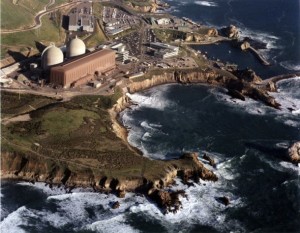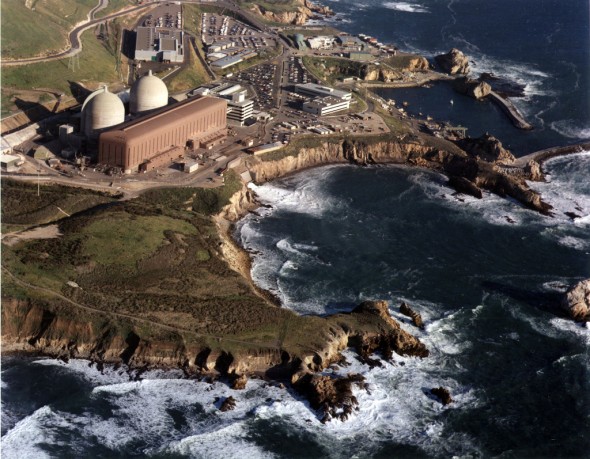
Nuclear Shutdowns Could Ramp Up U.S. Carbon Emissions
Nuclear Shutdowns Could Ramp Up U.S. Carbon Emissions
As many as 20 nuclear plants could close over the next decade, adding to greenhouse gas emissions.
As many as 20 nuclear plants in the United States could shut down over the next decade, and their closure could dramatically increase emissions of greenhouse gases. That was the alarming conclusion of a Department of Energy conference on the future of nuclear power yesterday in Washington, D.C.
“We are supposed to be adding zero carbon sources, not subtracting (them),” said Energy Secretary Ernest Moniz in his remarks at the meeting.
The average age of the U.S. nuclear fleet is 35 years, and many of those plants are nearing the end of their operating licenses. Many will renew their licenses, but some will close due to economic reasons and environmental concerns. Replacing those plants with natural gas plants will add millions of tons of carbon dioxide to the atmosphere.
 The Diablo Canyon nuclear power plant in California.
The Diablo Canyon nuclear power plant in California.
Replacing nuclear with wind and solar power, of course, does not add to carbon dioxide emissions. But history shows that the constant supply of electricity from nuclear plants tends to be replaced by new natural gas generation—indeed, the low price of natural gas is a major factor driving the closing of older nuclear plants.
According to the Nuclear Energy Institute, additional emissions resulting from the closure of four nuclear plants in the last few years, along with the three that are scheduled to be shut down, will total 25 million tons of carbon dioxide a year, assuming they are replaced by new, modern natural gas plants. Another five plants are likely to shut down in the next two years, resulting in another 19 million tons.
The fight over the future of the Diablo Canyon plant, California’s last remaining nuclear plant, is an illustrative example of the uncertainty facing the larger industry. The owner of the plant, Pacific Gas & Electric, has not yet decided whether it will seek to renew the plant’s two operating licenses, which expire in 2024 and 2025. While many environmentalists oppose the relicensing of the plant, many others support keeping Diablo Canyon running. According to the Breakthrough Institute, a San Francisco-based research organization that supports nuclear power to limit climate change, the 2013 closing of the San Onofre nuclear plant added nearly 11 million tons of carbon dioxide annually to the atmosphere. Closing Diablo Canyon would result in a similar amount.
In his remarks yesterday, Moniz summed up the problem. The importance of keeping nuclear plants operating “is very clear,” he said, “but the solutions are less clear.”
(Read more: Forbes, “How Old Is Too Old for a Nuclear Reactor?”)

Leave a Reply